Voidheart Symphony: What is it?
Learn all about this game of occult revolution in the modern city.

Hello! We’re happy to announce that, as the Kickstarter for Strata is now fully wrapped up (and those of you who backed it should receive your books very soon) we’ve got a load of new…
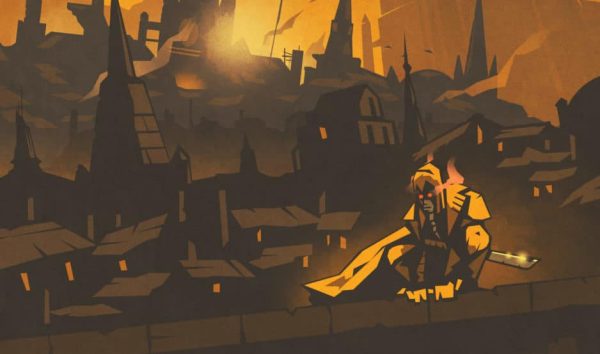
STRATA is the first full-length, hard-cover sourcebook for the Spire RPG – and it’s coming out in April 2019. The book contains two new classes (the pulp fiction occultist Inksmith and the identity-stealing Shadow Agent),…
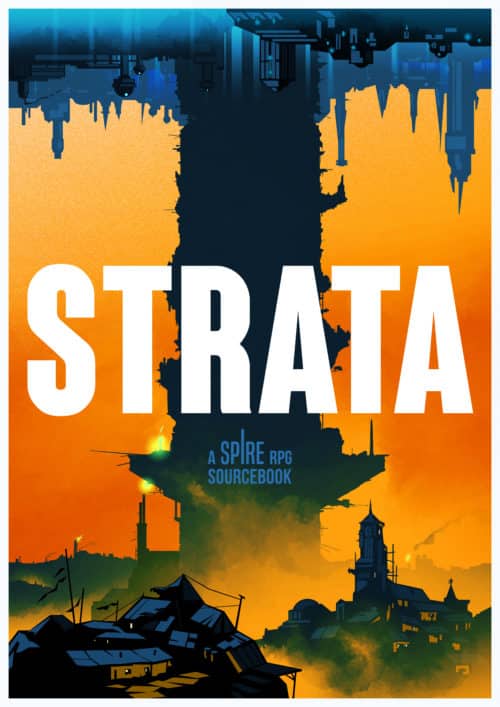
Strata is the next stage in the evolution of Spire: a sourcebook full of background info, new abilities for your characters, and scenarios to play through in an attempt to overthrow the labyrinthine city of…

We’re excited to announce that the Kickstarter for Strata, our first full-length sourcebook for the Spire RPG, will launch on Tuesday 16th October. Follow us on Kickstarter to stay up-date. Strata will include, but is…

All the best indie systems have a creative commons rules-set that you can use to write your own games, so we figured ours should too. To that end, we’re proud to announce that the Resistance…
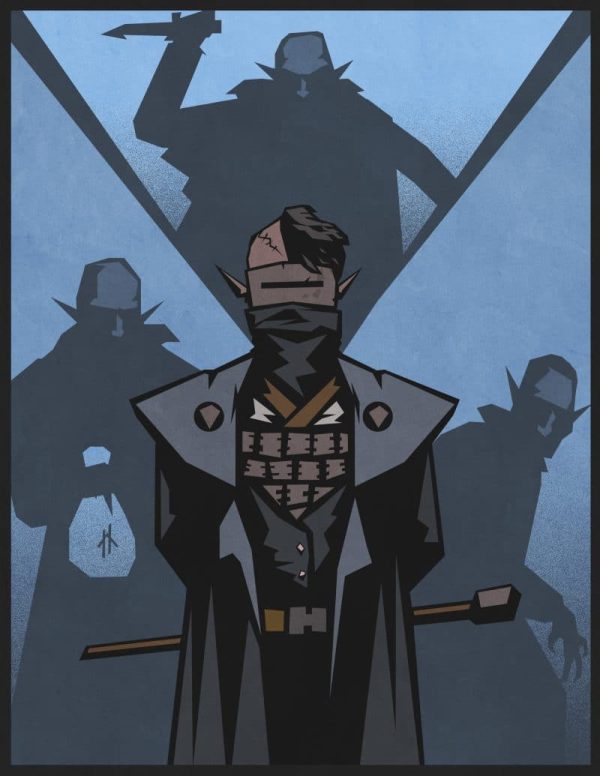
STRATA – Kickstarting in early October – will be the first hard-copy sourcebook for Spire, our game of fantasy-punk insurrection, and we’re really excited to tell you about what’s inside. Namely, a bunch of brilliant…
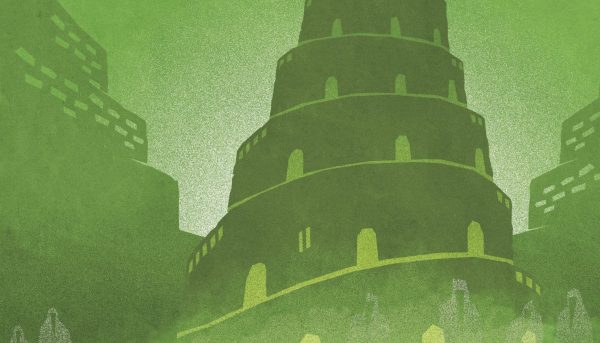
STRATA: A SPIRE SOURCEBOOK KICKSTARTER Since we released Spire, we’ve been so excited to see what the community has done with it We’ve heard so many stories of brilliant games of rebellion and intrigue set…
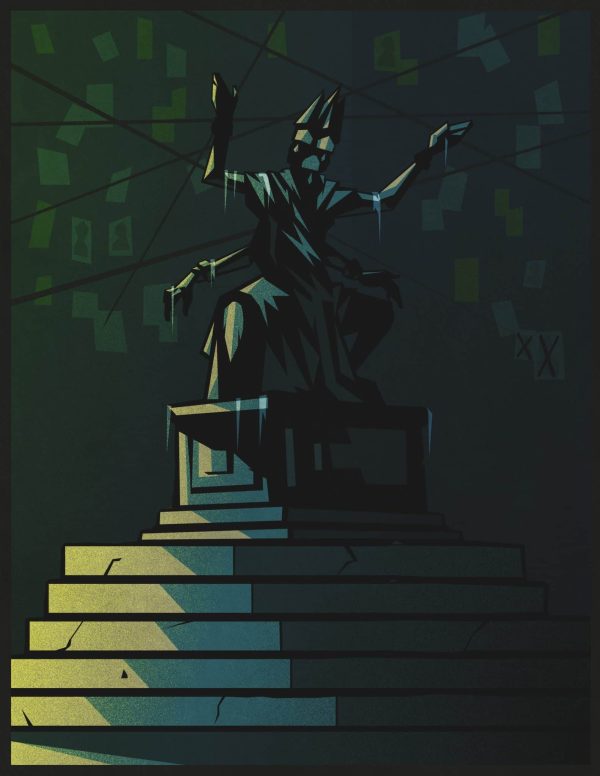
EDIT – This call has now closed. Thanks for all your pitches! When we started making Spire, we didn’t know what we were getting ourselves into. As the project has reached completion, we’ve been blown…
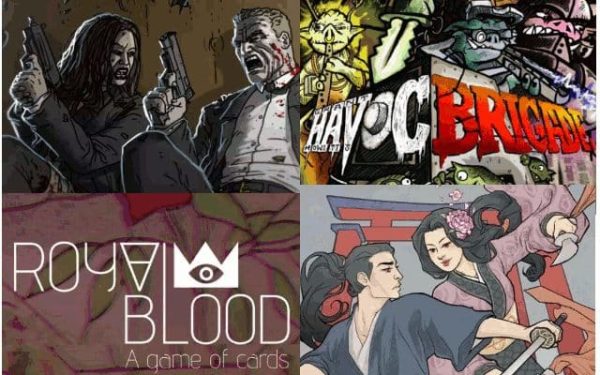
It’s free RPG day! Which means – well, it means free RPGs. RPGs that we’re going to give to you absolutely gratis. Zero money exchanged. Of course, we have a load of one-page RPGs and…
There was a cryptic crossword attached to the newspaper clippings that backers could purchase during the Kickstarter – we offered a prize for completing it, but never reckoned that anyone would. We were wrong. Congratulations…
Your basket is empty